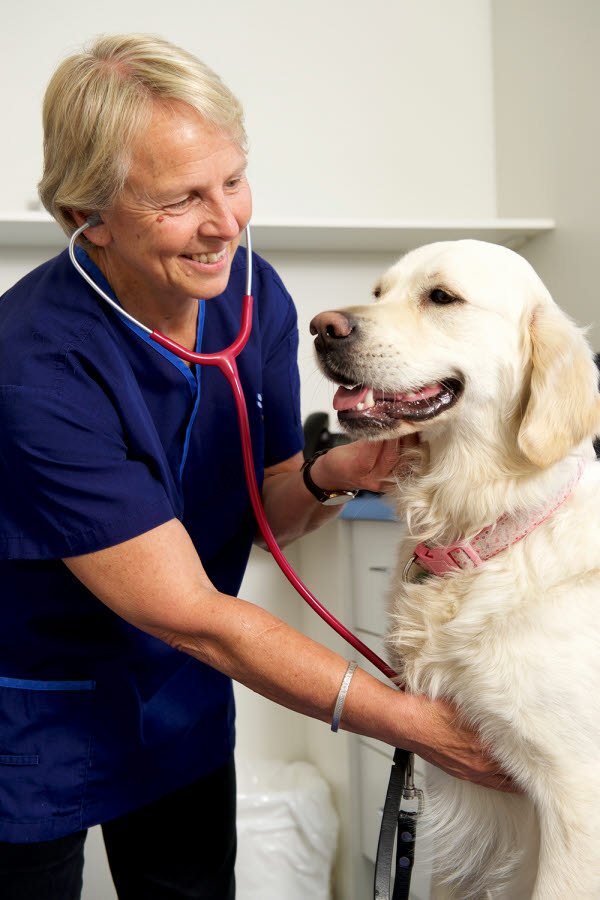Tips for taking your pet to the vet

Sometimes taking your pet to the vet for healthcare can be a little daunting, especially if your pet is a little anxious. You can help reduce the stress of vet visits by implementing the following tips.
Safe, low-stress travel
Make transport as safe and calm as possible by ensuring your pet is properly restrained in the car and at the veterinary clinic.
For cats, this generally involves a sturdy pet carrier, preferably one with a lid that lifts off, so your cat doesn’t have to be pulled out through a small door if they prefer to stay put! If your cat is afraid of the carrier, help them to see it as a safe place by implementing the following desensitisation training.
For dogs, the safest restraint in the car is generally a well-fitted harness, attached to a seatbelt system, or a properly-secured travel crate. Once you arrive at the clinic, keep control of your dog with a short, strong leash attached to their harness or secure collar. Whilst your dog may be friendly, not all other dogs are, so it’s best to keep your pet close to you.
Anti-anxiety medications
If your cat or dog becomes really anxious with car travel or with vet visits, ask your veterinarian about the possibility of anti-anxiety medications. These can be given as required 1-2 hours prior to a vet visit, or even long-term (if your animal is generally anxious). Your veterinarian can also refer you to a suitable veterinary behaviourist for further help if your animal’s fear is more severe.
For routine healthcare, consider asking if your veterinarian does home-visits.
Sedation
Your veterinary team will endeavour to handle your pet gently and kindly to minimise stress, but if your animal is especially sensitive or fearful, they may benefit from sedation for procedures they may be very scared of, such as nail clips. Ask the veterinary staff about this when making your booking, if you think this is something your animal will require.
Being prepared
To ensure you are able to get the most out of your vet visit, it pays to phone ahead. This allows you to be booked in for a consultation, minimising waiting time (unless there’s an unplanned emergency), or having your pet attended to as swiftly as possible if they are an emergency case themselves.
If your pet is unwell, ask the veterinary staff if you should collect any samples to bring for testing, such as urine or faeces.
If your pet may show aggressive behaviour, inform veterinary staff of this prior to your visit, and ask them what precautions you should take to keep everyone safe.
Lastly, ensure your pet is accompanied by someone who knows their history, health care routines, any medications they’re on, and any signs of unwellness they may have been showing. This way, your veterinarian will be in a position to provide the best possible health care for your pet, with minimal stress to everyone.
